Why does a dog itch if there are no fleas: what to do, how and what to treat
Content
- Tick, louse, eater
- Subcutaneous mite
- Dog Supplies
- Atopic dermatitis in dogs
- Allergens
- Dermatophytosis in dogs
- Greasy tail in dogs
Sometimes when a host has treated an animal from fleas in dogsand there are none, the dog continues to comb the skin and nibble on itself. There may be several reasons for this. Insect parasites cause itching, it can be a symptom of some serious diseases.Consider why a dog itches if there are no fleas.
Possible causes of discomfort
Itching causes discomfort in dogs, it itches and pathogens and fungi can penetrate through injuries. The cause of the itch may be:
- ectoparasites;
- allergic reaction of various etiologies;
- skin diseases;
- hyperfunction of the sebaceous glands;
- stress;
- Systemic diseases - diseases of the reproductive system, malignant processes in the body, endocrine pathologies.
The owner of the dog rarely can independently determine the cause of the itch, it is necessary to seek qualified help, as the disease can be caused by several reasons.
Ectoparasites
Insects that parasitize animals include not only fleas, but also other arthropods - ticks, lice, lashes.
Having treated your pet from fleas, you can not be completely sure that you managed to get rid of them. After all, flea eggs and larvae can remain on the dog's bedding, upholstered furniture and carpets. Therefore, you should once again examine the dog's coat in order to identify eggs and fleas imago.
If the dog itches, but there are no fleas,it is worth examining the skin for the presence of other insects:
Ixodic tick causes diseases - piroplasmosis, ehrlichiosis, hemobartonillosis, lime borelliosis. The discharge of the salivary glands of ticks causes severe itching and scratching in dogs in the neck, ears, and head. On tick bite and fleas can be an allergic reaction that leads to rashes and itching. The dog itches all the time, hurting himself. How to treat an animal for piroplasmosis, can only be a veterinarian.
The gamasid mite parasitizes small animals (mice, rats) and birds (chickens, pigeons). The parasite can migrate to the dog's torso if there is no familiar host nearby.
The subcutaneous mite is capable of parasitizing on the surface of the epidermis for a long time, feeding on horny scales. With a decrease in immunity, the tick climbs deep into the skin, causing severe itching. The female lays eggs in the hair follicle, which is inflamed, forming a characteristic red rash. Demodecosis is most often marked on the dog's face. Itching causes scratching and red spots on the nose, around the mouth and eyes.
The scabies mite, which, because of the symptom that accompanies the infection, is called itchiness, provokes scabies.
Interesting!
Itch gets on the dog with prolonged contact of the skin of a healthy and sick animal. The insect is screwed under the skin and for this it needs at least half an hour. The animal is already fertilized by the female, which lays eggs in the outer layer of the skin. The emerged larvae are actively moving, gnawing through the moves, so the dog itches.
The ear tick is parasitic in the ears of cats and dogs, feeding on the secretion of the sebaceous glands and sulfur. Temporarily, until it enters the ear canal, the insect can be on any part of the body, gnawing the skin through the skin to reach the lymph. The affected area begins to itch very much, so the dog shakes his ears and begins to scratch them hard.
Any type of tick has symptoms typical of a certain type, as well as common to all, among which the itch is the main thing. Treatment includes drugs of local and systemic action. The complex is prescribed only by a veterinarian, self-treatment can lead to serious consequences.
But infection with ticks, lashes and fleas can be prevented by treating the dog with one of the drugs in the form of a spray Leopard, Bolfo, Front line, Defandog). Well proven drops.
It is also recommended to wear an animal collar (Kiltiks, Foresto, Celandine).
Allergic reaction to various stimuli
If the dog is constantly itching, and testing for the presence of fleas and other parasites is negative, one may suspect an allergy caused by the following factors:
- flea bites;
- substances entering the body by air;
- chemicals from hygiene products;
- feed or its change;
- vaccines and vaccinations.
The human body and dogs are very different and, despite the fact that allergic components are similar and the mechanism of their action is the same, the symptoms are different. In dogs, allergy is prolonged by itching and skin disorders. Subsequently, in the place of strong scratching a secondary infection is introduced, which is accompanied by inflammation.
Fleas cause allergies, which is the body's response to an alien protein that enters the bloodstream from the insect's salivary glands.Even a flea on a dog can cause allergies in an animal that has suffered from fleas.
Atopic dermatitis, from which, according to doctors, between 4 and 16% of dogs suffer, causes:
- plant pollen;
- household dust;
- excrement and chitinous particles of synanthropic insects;
- mold fungi;
- dead particles of the epidermis;
- bird feathers and down.
Interesting!
Allergen, entering the body, stimulates the formation of antibodies, the synthesis of which depends on genetic predisposition. Skin sensitizing antibodies are formed in the cells, which combine into antigen / reagent complexes. It is they and the bioactive substances released during a tissue reaction lead to rashes, tingling sensations due to involuntary jerking of small muscles, itching.
The dog often itches, especially around the toes, belly, tail, back. Under the coat, red spots are formed that are easy to notice, especially in short-haired breeds of dogs.
Food allergies are caused by proteins (anaphylaxis) or non-protein feed components (atopy). It is necessary to distinguish the intolerance of some products and the true allergy, therefore, how to treat feed allergies can only be decided by a specialist after a differential diagnosis.
Allergies in dogs are most often caused by foods such as horse meat, beef, and milk. The second group of allergenic products are soy, chicken, lamb. Many premium foods contain the listed foods. Allergy is accompanied by such a strong itch that the dog, itching, biting into these places, can completely erase the incisors. At the site of strong licking, hair falls out, leading to complete baldness, change in coat color, pyoderma, coarsening and hyperpigmentation of the epidermis.
In long-haired dogs, an allergic reaction provokes the development of a severe form of dermatitis. If Pekingese itches, and in parts of the body there is noticeable stuck together like wool from saliva, then wet dermatitis may be the cause. When shearing hair, a very complex pattern of pathology is visible.
Allergies can be triggered by the use of medicines - drops for the eyes and ears, vaccines, etc. The manifestations are the same as for other types of allergies. If the dog itches after flea drops, then it is highly likely that it is allergic to this remedy.
Dermatosis, which is accompanied by itching, can be caused by contact with the collar.Often this form of the disease is observed in puppies, as their delicate skin is very sensitive to the constant effects of insecticides. Puppy itches, trying to remove the collar.
For the treatment of allergic reactions, veterinarians prescribe cortisone and other antihistamines that help relieve skin symptoms and itching (Benadril, Tavist, Amitriptyline, Atarax).
Skin diseases
The dog is very itchy and with various skin diseases. The most common are lichen, eczema, wet or dry, dermatosis.
Dermatophytosis is often observed in puppies, young animals and dogs with reduced immunity. Mycoses cause not only itching, but also hair loss, nodular skin lesions, delamination and yellowing of the claws, peeling and cracking of the pads on the legs.
The doctor prescribes the treatment of the body with antimycotic agents - shampoos (Nizoral, Dermazole) or Imaverol for dogs. The following drugs are used for systemic treatment: Orungal (Itraconazole), Lamisil (Terbinafine), Nizoral, Oronazole (Ketoconazole).
In healthy dogs, dandruff is absent or imperceptible.Dandruff flakes can form under the influence of various factors that cause dry or oily seborrhea. When the spitz is scratched or itchy pesters representatives of other “sofa” breeds, the cause is dry seborrhea. These animals are often bathed, which leads to dysfunction of the sebaceous glands and drying out of the skin. Lack of fat also leads to the formation of dry dandruff. If the cause is not a fungal infection or systemic diseases, then the doctor prescribes anti-seboric shampoos.
Inflammatory dermatitis often occurs in dogs with large skin folds. If the pug itches, or chow-chow, bulldog, mastiff scrapes with paws face, then it is worth checking the folds, in which you can find redness of the skin and high humidity, swelling and destruction of the epidermis.
Treat dermatosis begin with treatment with antibacterial, disinfecting detergents, and then treated with drying agents. In the case when the process is running, the doctor prescribes antibiotics.
Sebaceous gland hyperfunction
Some dogs have such a pathology as a “greasy tail”. This pathology is more common in cats, but it also happens in dogs.Hyperfunction of the sebaceous glands, located as beads on the upper surface of the tail and around its base, leads to the adhesion of hair, the formation of black spots on the skin, the appearance of oily seborrhea. The itch causes the dog to gnaw its tail, “ride” on the bottom, causes severe discomfort. The dog may, licking the affected areas, provoke alopecia or serious tail injuries.
Treatment consists of treating wool with special shampoos to regulate the function of the sebaceous glands. Before finding out the cause of hyperfunction - this is the only method.
Stress
In dogs, the nervous system responds to long-term exposure to stressors by various manifestations, including skin ones. Short-term factors - a visit to the doctor, injections, a sharp cry, an unpleasant strong smell cause a reaction that disappears when the irritating factor disappears. Long-term stress can lead to various external manifestations, including increased licking, biting of certain parts of the body due to the manifestations of allergies or seborrhea.
The treatment consists in eliminating the stress factor, providing positive emotions, distraction. Good therapeutic effect brings "work therapy."In chronic stress, the doctor may prescribe sedatives.
Whatever the dog’s itch, the owner should be attentive to this and promptly apply to the veterinary clinic. Self-medication can not only cause serious consequences, but also miss the time required for a complete cure.

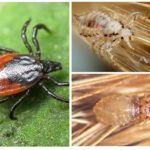
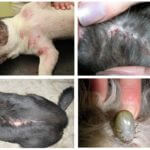
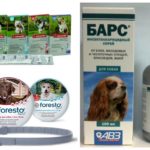
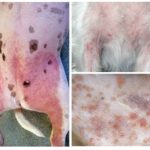

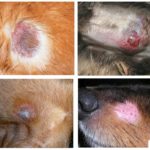
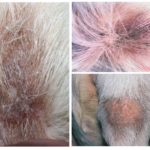
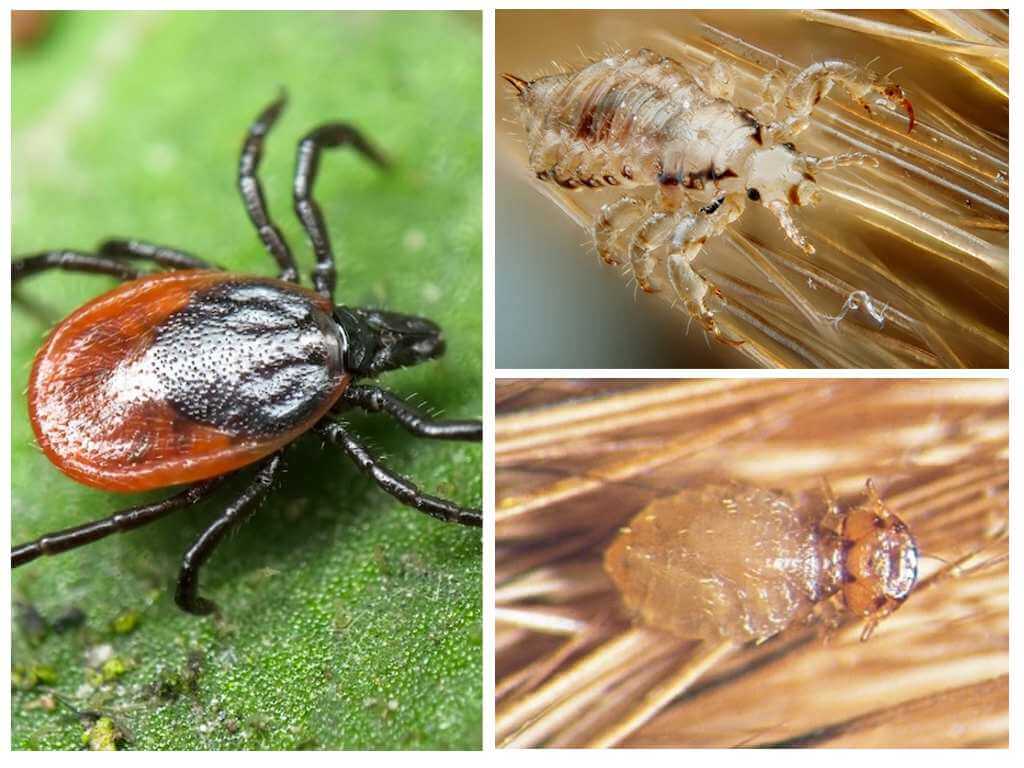
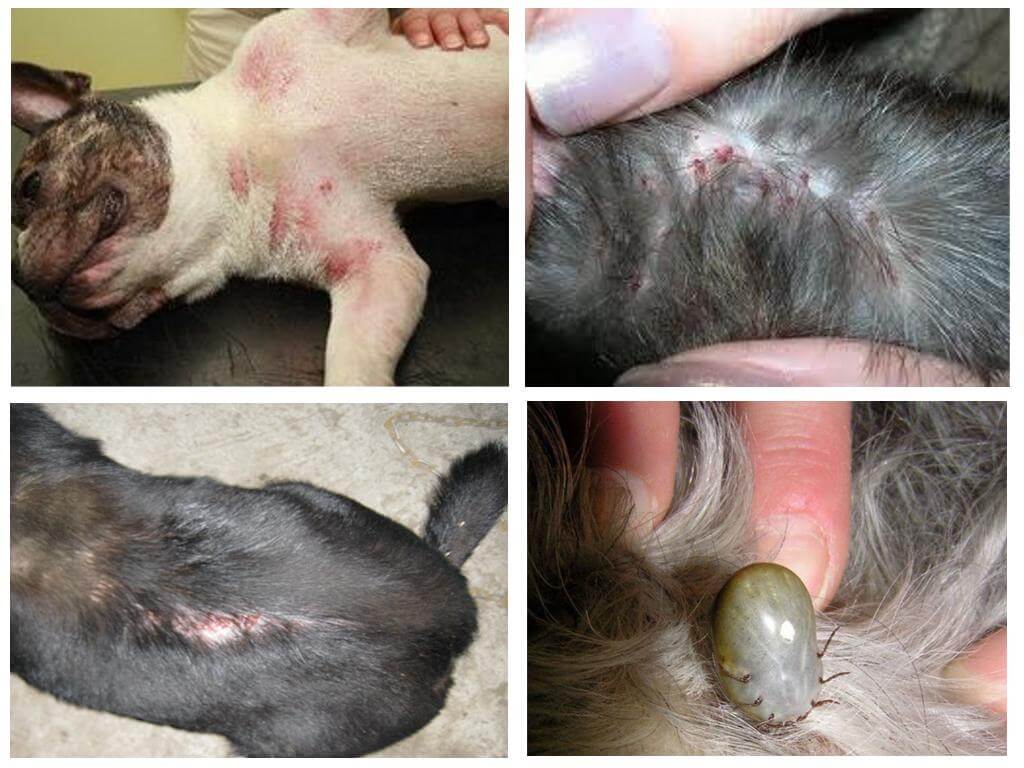
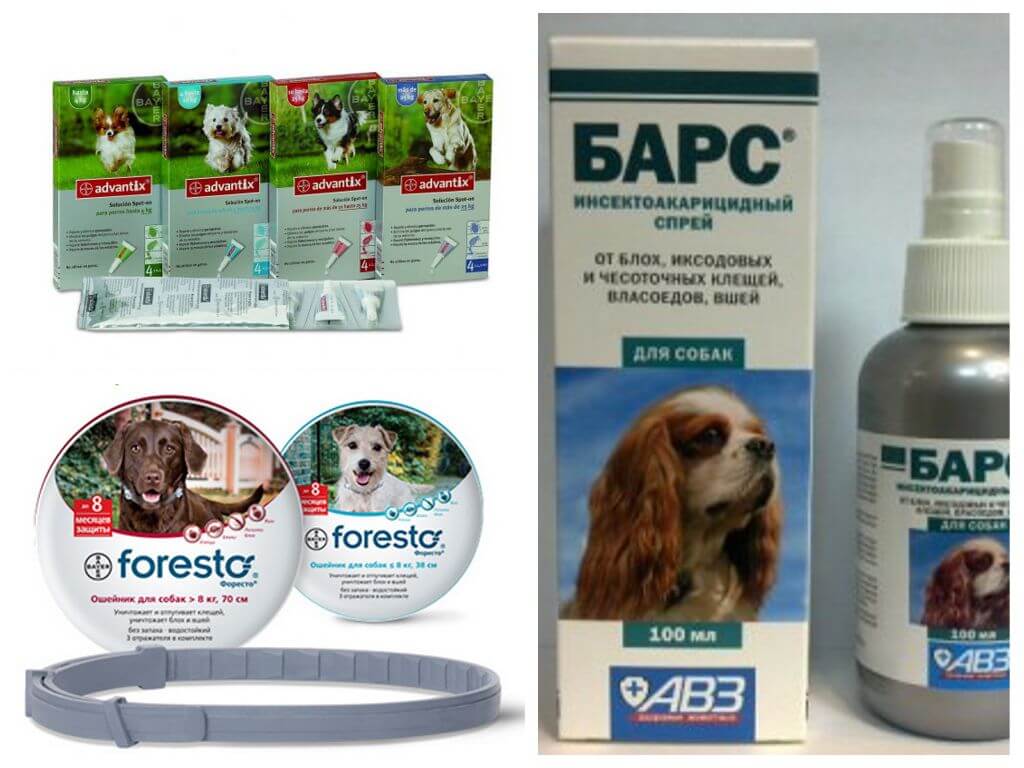
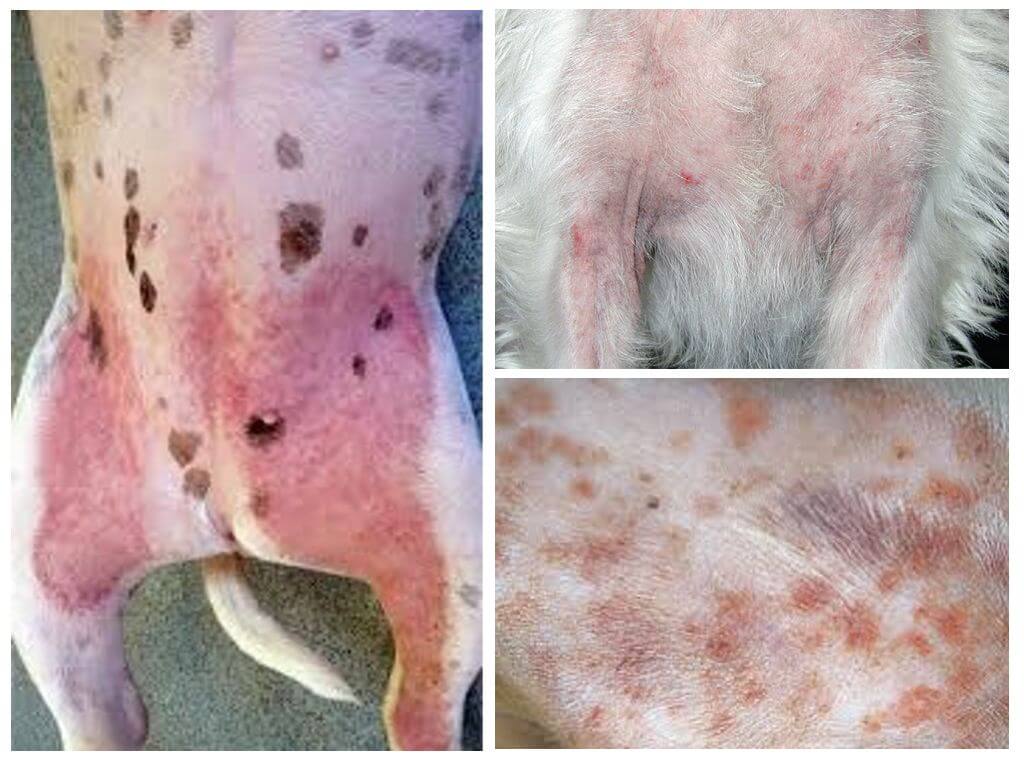

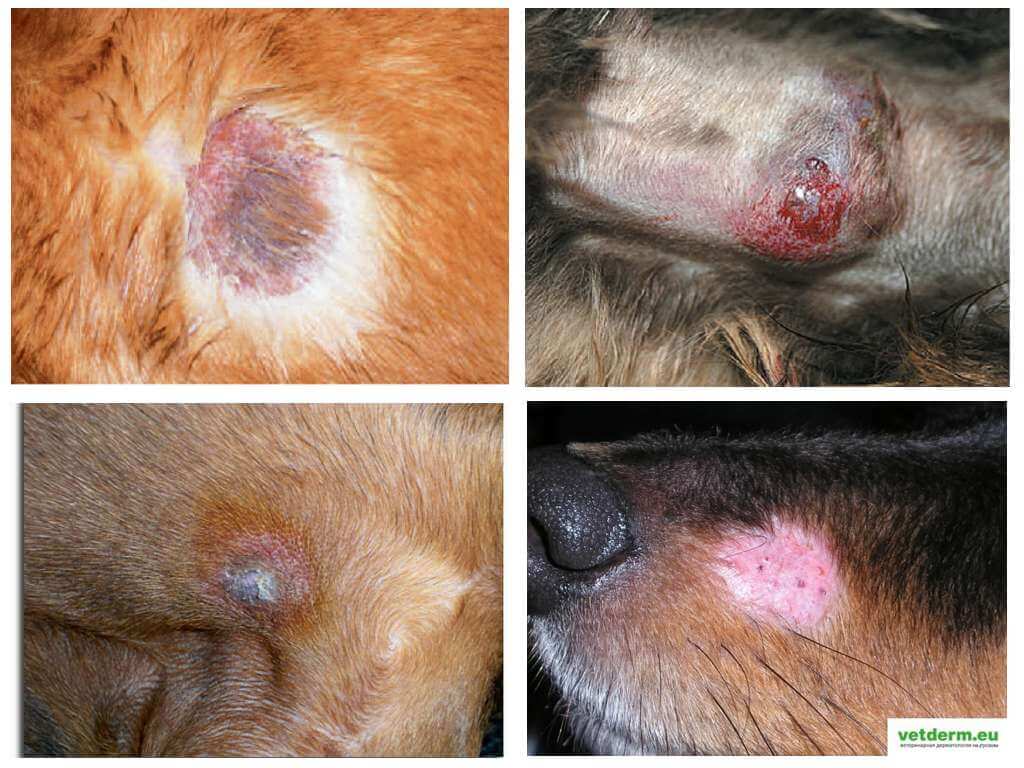
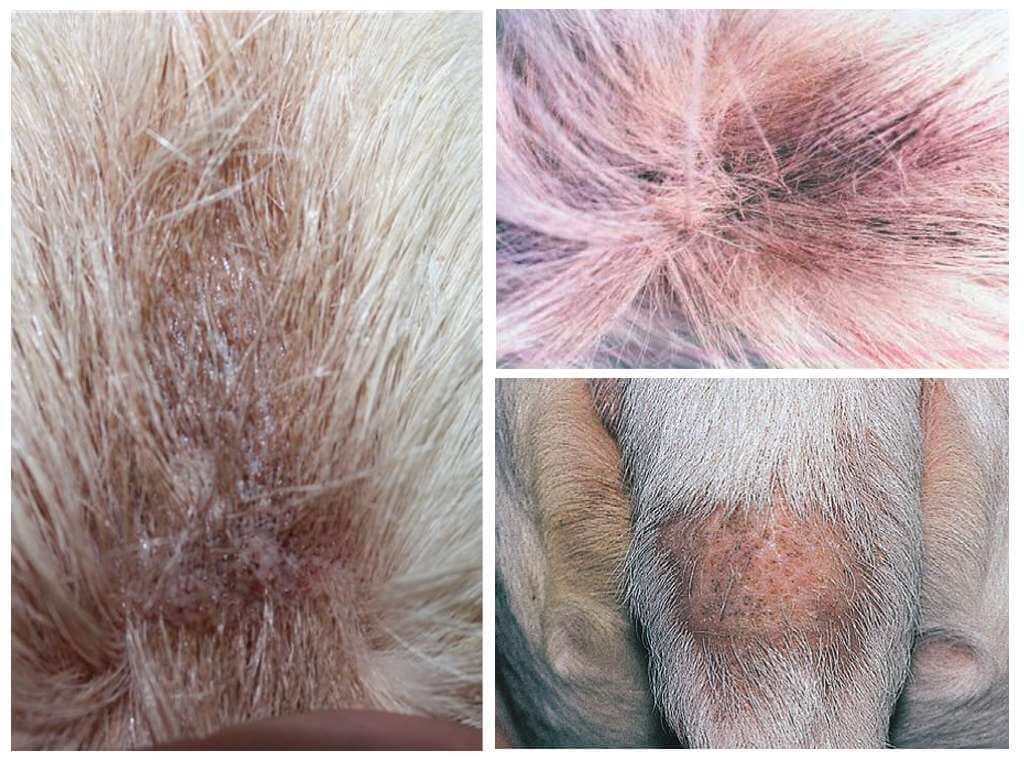

 (votes: 14, Average rating: 4.71 out of 5)
(votes: 14, Average rating: 4.71 out of 5)


